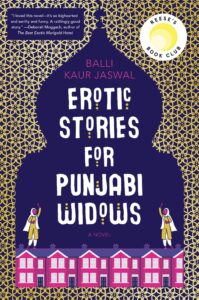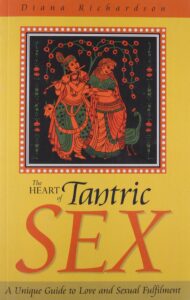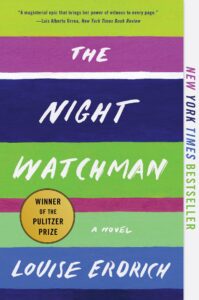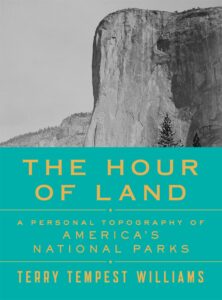Lulu Miller
Nonfiction & Memoir 2020 | 240 pages
![]()

Wow! I would NEVER have picked up a nonfiction book about a taxonomist/ichthyologist born in 1851, until Josie, a member of our book club, convinced us this was the perfect read for our February discussion. This is an astounding book!
David Starr Jordan (some of you may know this name ... I did not) was obsessed with identifying new fish. He ultimately is credited for discovering more than 2500 fish species. He carefully stored and tagged thousands of them in glass jars, until the great San Francisco earthquake hit in 1906, and his life's work lie broken amid shards of glass on the floor. He immediately picked up a needle and began to sew the fishes' tags onto their bodies.
Miller, a reporter for NPR, was captivated by Jordan, wondering what made him so hopeful, so resilient, when he met numerous disasters and roadblocks. How did he maintain his optimism? Why was he obsessed with Chaos (yes, with a capital C).
Miller's writing is what makes the book so fascinating, so engaging. She isn't simply doing a biography of the man, she in interacting with every part of his life story, and sharing with us, her readers, her reactions, opinions, desires, hopes, disappointments about Jordan and about how these feelings are a mirror for her life. Yes, she too was obsessed, with the curly-haired man who would never come back to her. She too observed and interacted with Chaos. Jordan, as a scientist, was compelled to attempt to create organization and categorization out of Chaos. Miller feels a similar compulsion in her career as a journalist.
Yes, this is the same Jordan who was later to be the Founding President of Stanford University. Miller's view of the man, her admiration of his remarkable talent, is destroyed as she learns more about his life. She says in her interview on NPR (April 17, 2020, All Things Considered), "I mean, the breadth of his wreckage, his violence, his cruelty is utterly stunning. Like you can't imagine that a single person can harm so many people's lives."
David Starr Jordan becomes an ardent, passionate, vocal, powerful proselytizer for eugenics. Other topics in this book, in Jordan's life, in addition to fish and Stanford, include rape, forced sterilization, Nazism, childhood incarceration, delusion, self-grandeur, and murder.
Absolutely, unquestionably, read this excellent book.
February 2023








